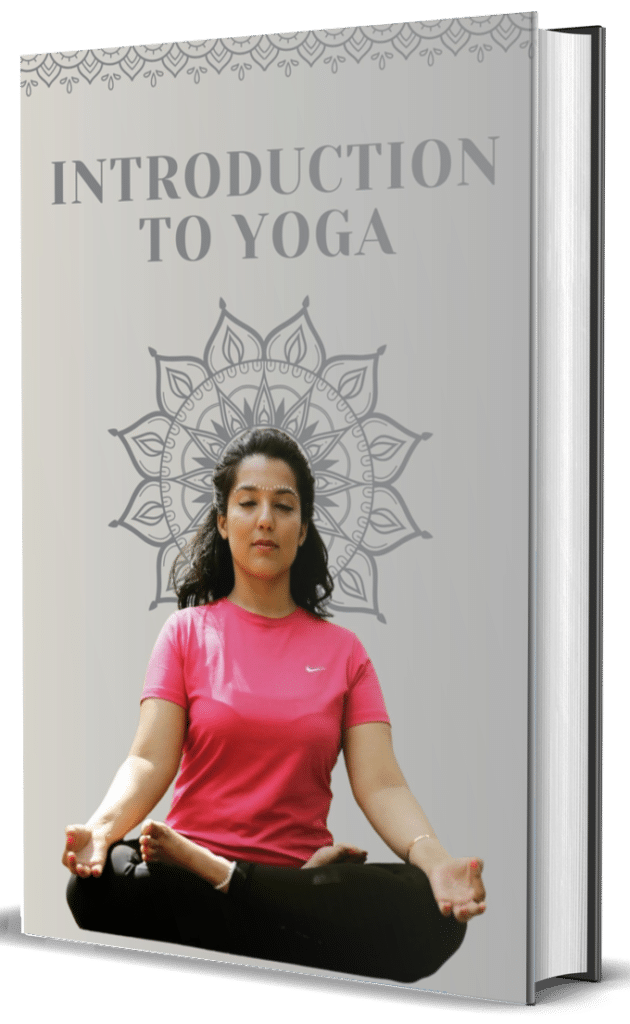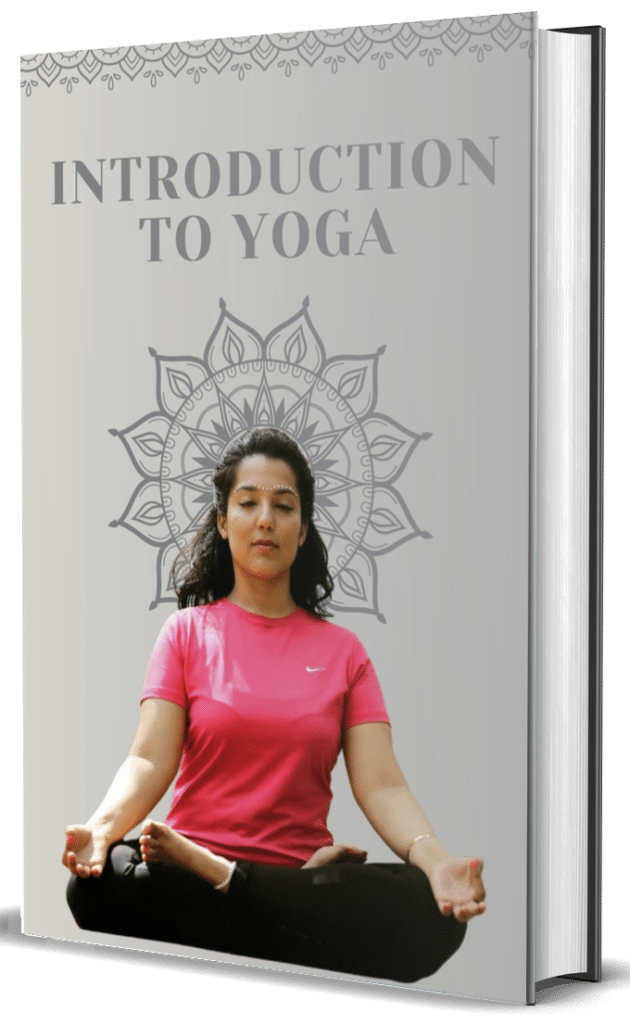Lotus Pose or Padmasana is one of the most iconic and revered seated postures in yoga practice. The name comes from the resemblance of the crossed legs to the petals of a lotus flower which holds significant symbolic meaning in Eastern traditions as a symbol of purity and spiritual awakening.
In full Lotus Pose the practitioner sits with both feet placed on the opposite thighs creating a stable triangular base with the knees ideally touching the floor. The hands typically rest on the knees with palms facing upward often forming mudras (symbolic hand gestures).
Padmasana is considered the ultimate meditation posture as it provides exceptional stability for the spine allowing practitioners to sit comfortably for extended periods. The position naturally encourages proper alignment of the spine facilitating the free flow of energy throughout the body.
Physiologically Lotus Pose stretches the ankles knees and hips while improving flexibility in the lumbar region. It stimulates the pelvis abdomen and spine while calming the brain and central nervous system. The pose also helps keep the spine straight which is essential for pranayama (breathing exercises) and meditation practices.
Despite its prominence Lotus Pose requires significant hip flexibility and should be approached gradually. Many practitioners work with preparatory poses like Half Lotus (Ardha Padmasana) and other hip openers before attempting the full expression to avoid knee injuries.



